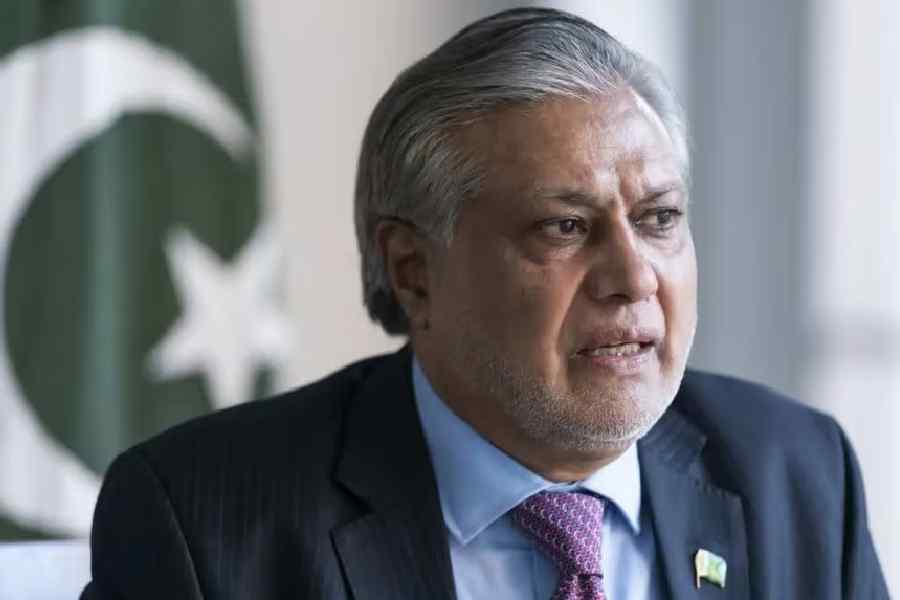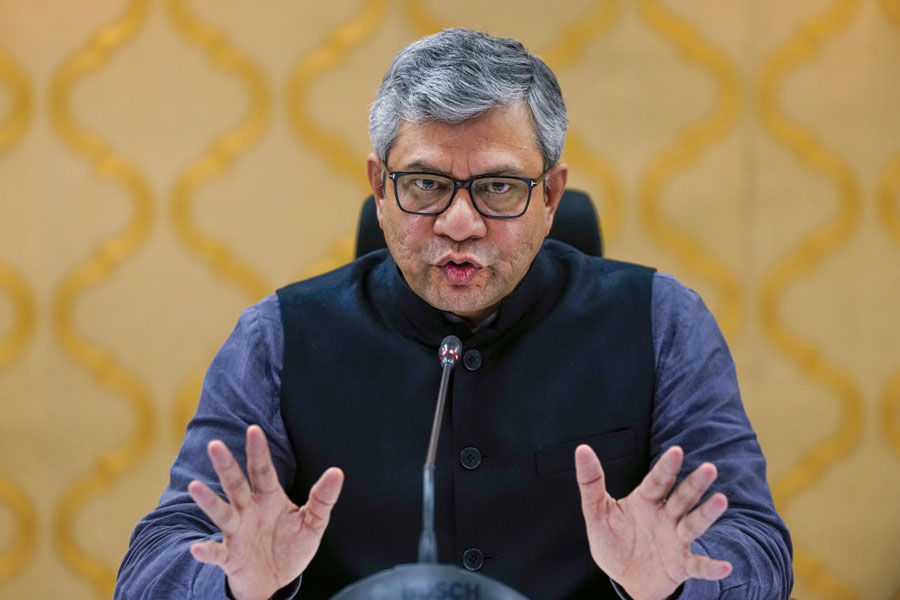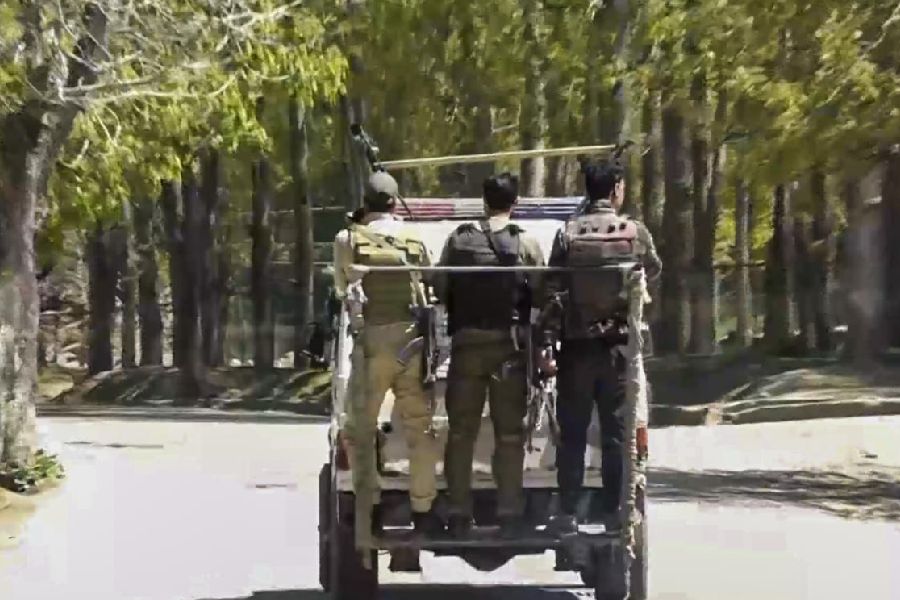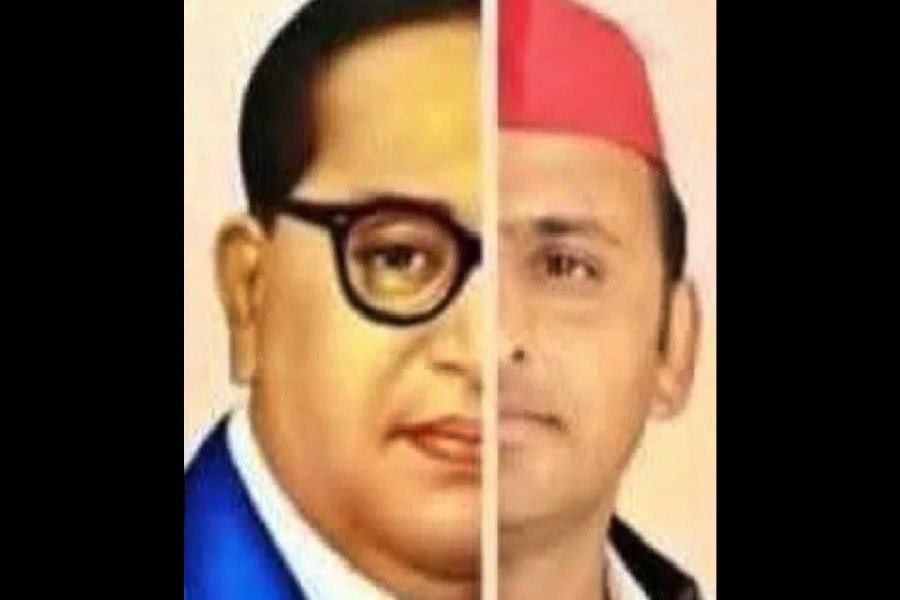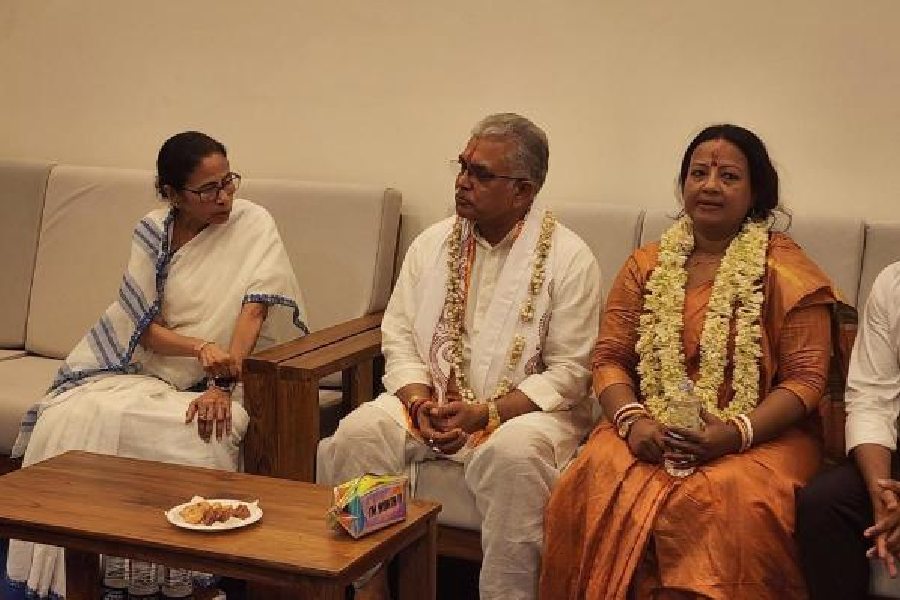Jan. 29: The heavens turned unexpectedly dark on the third day of the Tata Steel Kolkata Literary Meet 2017, in association with The Telegraph and co-hosted by the Victoria Memorial Hall. The drama in the sky matched the one on stage as William Dalrymple and Anita Anand narrated the gruesome history of the “rockstar” diamond, the Kohinoor.

Co-authored by Dalrymple and Anand, the book, Kohinoor: The Story of the World’s Most Infamous Diamond, has all the ingredients of a thriller.
It features jewel-obsessed emperors, rampaging conquerors, a young Sikh maharaja adored by Queen Victoria and many more — all of whom have touched, and been touched, fatally most of the time, by the Kohinoor. Battles are fought, lives massacred, territories won and lost over a piece of carbon that, in its roughly-hewn form, failed to impress the British public when first displayed at the Great Exhibition of 1851. All this may sound extraordinary, but it is history, and it is “unputdownable”, as anchor Sagarika Ghose said.
The authors acted out some of the excitement in the book’s pages. They walked animatedly up and down the stage, exchanged repartees and presented slides. If this was history as performance, it was as dazzling as the book’s subject.
Both the authors have a favourite from the book’s rich cast of characters. Dalrymple’s is the Afghan conqueror, Ahmed Shah Abdali, who gets the Kohinoor from the wife of his deceased master, Nader Shah. Lending credence to the belief that the diamond is cursed, Abdali’s face is later eaten away by maggots. Anand’s preferred one is the fierce and beautiful Rani Jindan, the youngest wife of Maharaja Ranjit Singh and mother of Daleep Singh. She ruled as the queen regent in a court of male Sikh warriors. The British, who wanted Punjab in their kitty, perceived her as a threat, separated her from her young son and had her incarcerated. Interestingly, the British later reluctantly allowed a union of mother and son in a place, they thought, was safe in being far away from Punjab — Calcutta’s Spence’s Hotel, now The Lalit Great Eastern.
Ghose had flagged off the session by asking the audience the inevitable question: should the Kohinoor be handed back to India? The question resurfaced once the discussion was over. Attesting to the power of the authors’ storytelling, few hands were raised in support of the Kohinoor being handed back to the country of its origin. By then, almost everyone was convinced of the diamond’s malign influence.
In the second session on the Kohinoor on Saturday, British author Bee Rowlatt was in conversation with Dalrymple and Anand at The Bengal Club. Rowlatt wondered what happened to the pieces of the Kohinoor that were shaved off after the Great Exhibition to make it more sparkling. “They went up in smoke,” Anand said, and added that bits and pieces may still be circulating in engagement rings. The stories of the marriages grazed by the Kohinoor can surely add up to another thriller.


